If you have a lot of technical or scientific knowledge, sometimes it’s a challenge to share information in a way that makes it clearly understood by people outside of your field. Some common mistakes presenters make when speaking to industry leaders, policymakers, funders and other non-academic audiences are:
Too Much Detail – Some presenters dive into intricate methodologies and theoretical background, which can overwhelm or lose a business or policy audience. Be mindful that industry leaders, investors and policymakers care about results and impact, not technical depth.
Using Jargon and Academic Language – Terms that are second nature in academia or in your field (e.g., "stochastic modelling," "thermodynamic efficiency") may be meaningless to non-specialists. Instead, use simple, relatable language.
Lack of a Clear “So What?” – Researchers may focus on findings rather than implications. Industry wants to know how it benefits their business (e.g., cost savings, efficiency, innovation), while policymakers need to know how it affects society and informs decisions.
No Call to Action – Industry and policymakers often expect next steps or recommendations, not just information. What should they do with your insights? (e.g., invest, adopt a policy, fund research, collaborate).
Not Reading the Audience’s Reactions – Some presenters continue speaking in “lecture mode” even when the audience looks disengaged. Instead, aim to be adaptive, responsive, and open to discussion.
Sometimes you may not know your audience’s level of expertise, so how can you quickly assess where they’re at and adjust your message effectively? Here are a few tips:
Ask a Simple Opening Question
Before diving in, gauge their knowledge:
“How familiar are you with [topic]?"
"Have you worked with [specific technology/research area] before?"
"Would you like a technical deep dive or a high-level overview?"
Watch for Body Language and Engagement
If the audience leans in, nods, or asks specific questions, they may have expertise. If they look confused, disengaged, or hesitant to respond, simplify your message.
Check Their Background in Advance
If possible, research your audience beforehand (e.g., their roles, industries, or previous work) to tailor your message appropriately.
Use a Tiered Explanation Approach
Start with a simple, high-level summary, then add complexity only if needed:
Level 1: "We develop AI models that help predict disease outbreaks."
Level 2: "These models use machine learning algorithms trained on epidemiological data to detect early warning signals."
Level 3: "By integrating Bayesian inference with real-time public health data, we achieve a 90% accuracy rate in forecasting potential outbreaks."
When sharing information with any audience, but particularly a non-academic on non-technical audience, try these techniques to make technical information more engaging:
Use Analogies & Metaphors
Relate complex ideas to everyday concepts:
“Think of a neural network like a brain—it learns by strengthening connections between different ‘neurons’ based on past experiences.”
“Quantum computing is like being able to read multiple books at the same time, rather than flipping through one page at a time.”
Tell a Story
Frame your research as a narrative with a problem, solution, and impact:
“Imagine a doctor trying to diagnose a rare disease with limited data. Our AI tool acts like a second opinion, scanning thousands of cases in seconds to find the best treatment plan.”
Use Visuals & Real-World Examples
Charts, images, or case studies can simplify abstract concepts and keep the audience engaged, but remember to keep them simple!
Emphasise the Human Impact
People relate to how research affects lives, not just the numbers:
Instead of: “Our algorithm improves diagnostic accuracy by 15%.”
Say: “Our tool helps doctors catch diseases earlier, saving lives and reducing healthcare costs.”
Engage the Audience
Instead of just presenting, ask questions, invite opinions, or involve them in a quick exercise.
What do you think? Have you tried any of these techniques? How did your audience react? Let me know in the comments or send me a message at mel@melsherwood.com
Mel Sherwood is a Presentation Skills and Personal Impact Speaker, Founder of The RED Effect™ and Author of ‘The Authority Guide to Pitching Your Business: How to make an impact and be remembered - in under a minute!’ She works with ambitious business leaders, teams and individuals who want to express themselves with confidence, credibility and charisma. An Australian based in Scotland, Mel is an award-winning speaker, author and coach and combines over 25 years’ experience in business with a background as an actor, presenter and singer.

